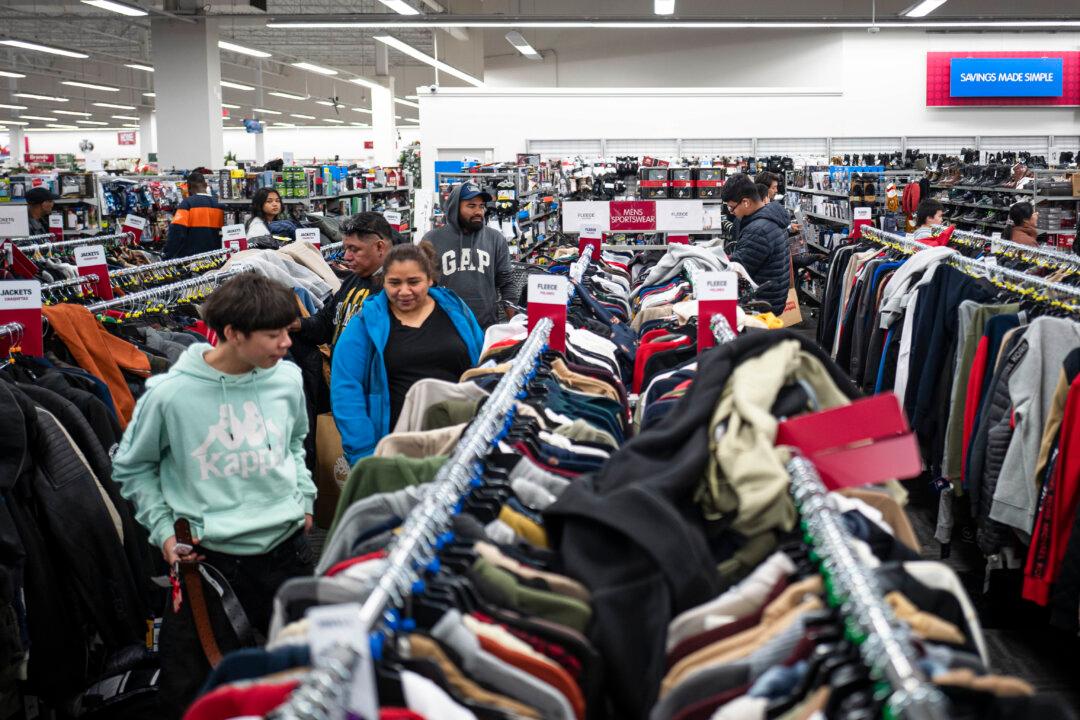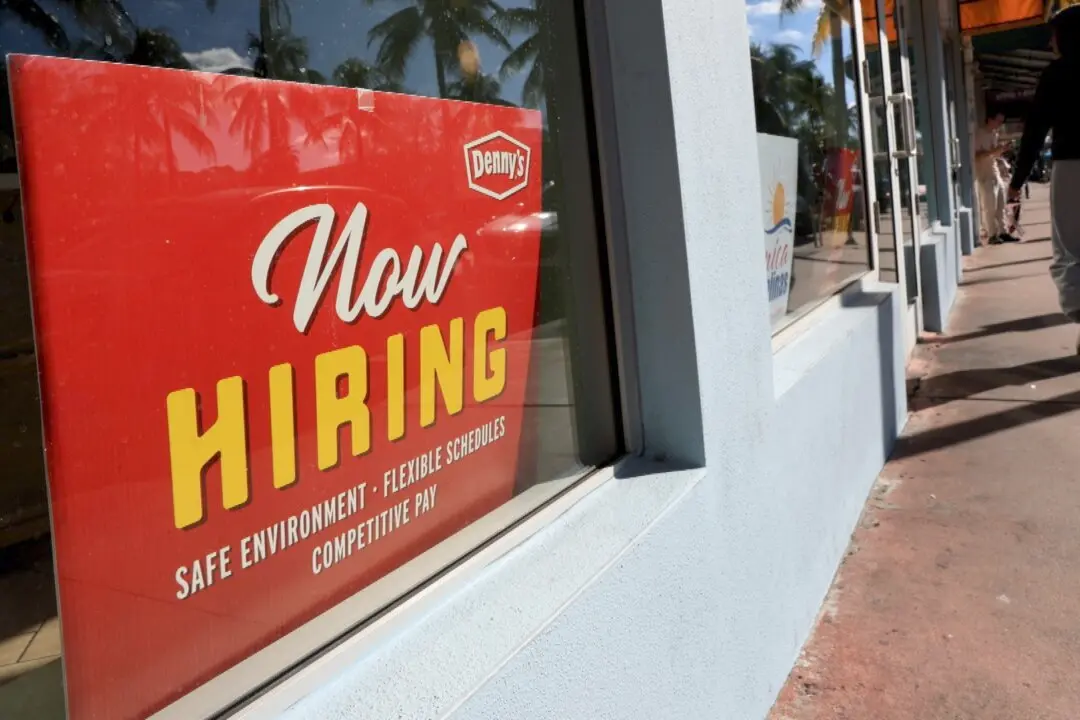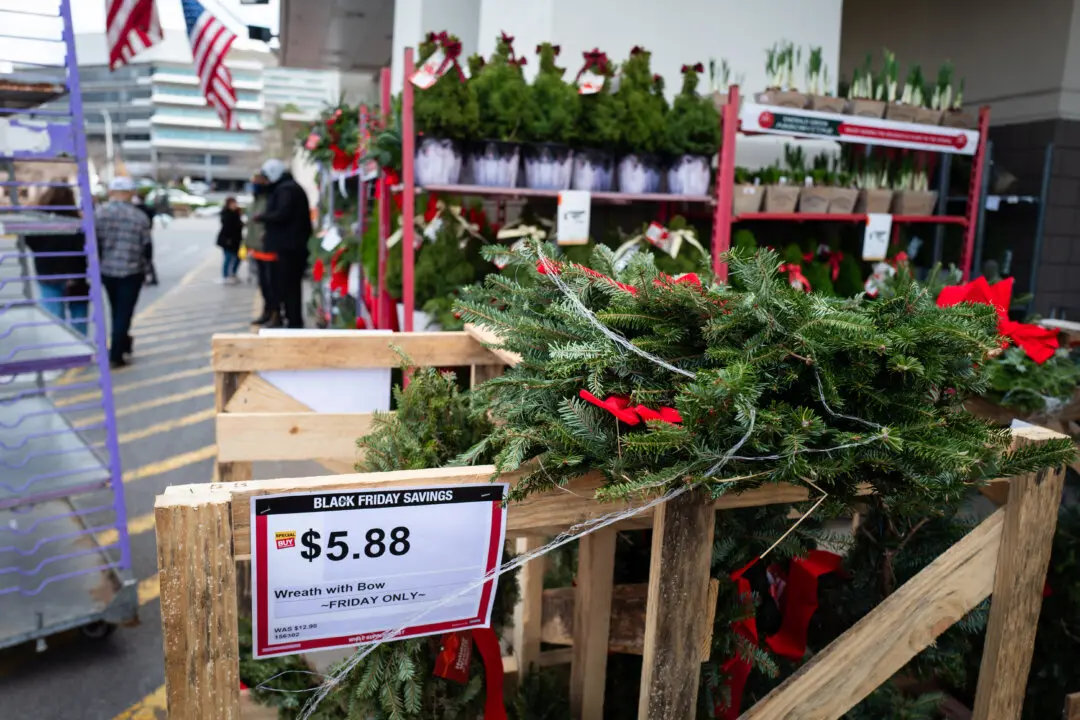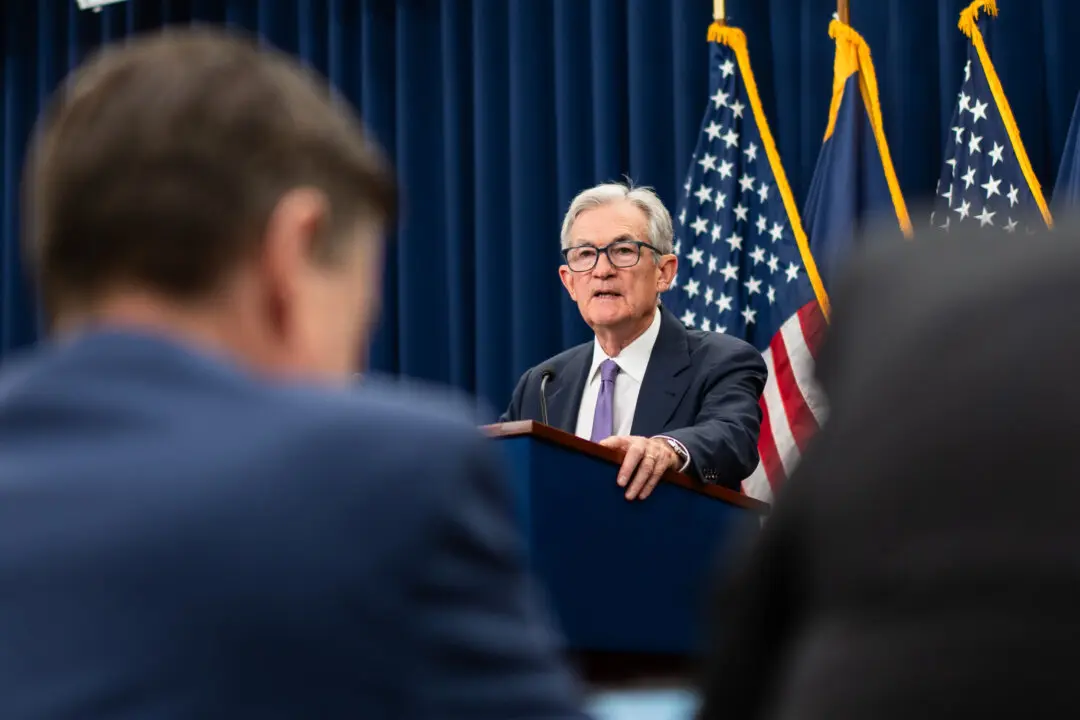Cost-conscious and cash-strapped consumers prioritized value when visiting the nearby shopping mall or logging into their preferred digital destination.
Throughout 2024, various surveys revealed that many consumers were financially anxious, cautious, and uncomfortable. A recent NerdWallet survey found that a majority of Americans had money regrets over the past 12 months.





